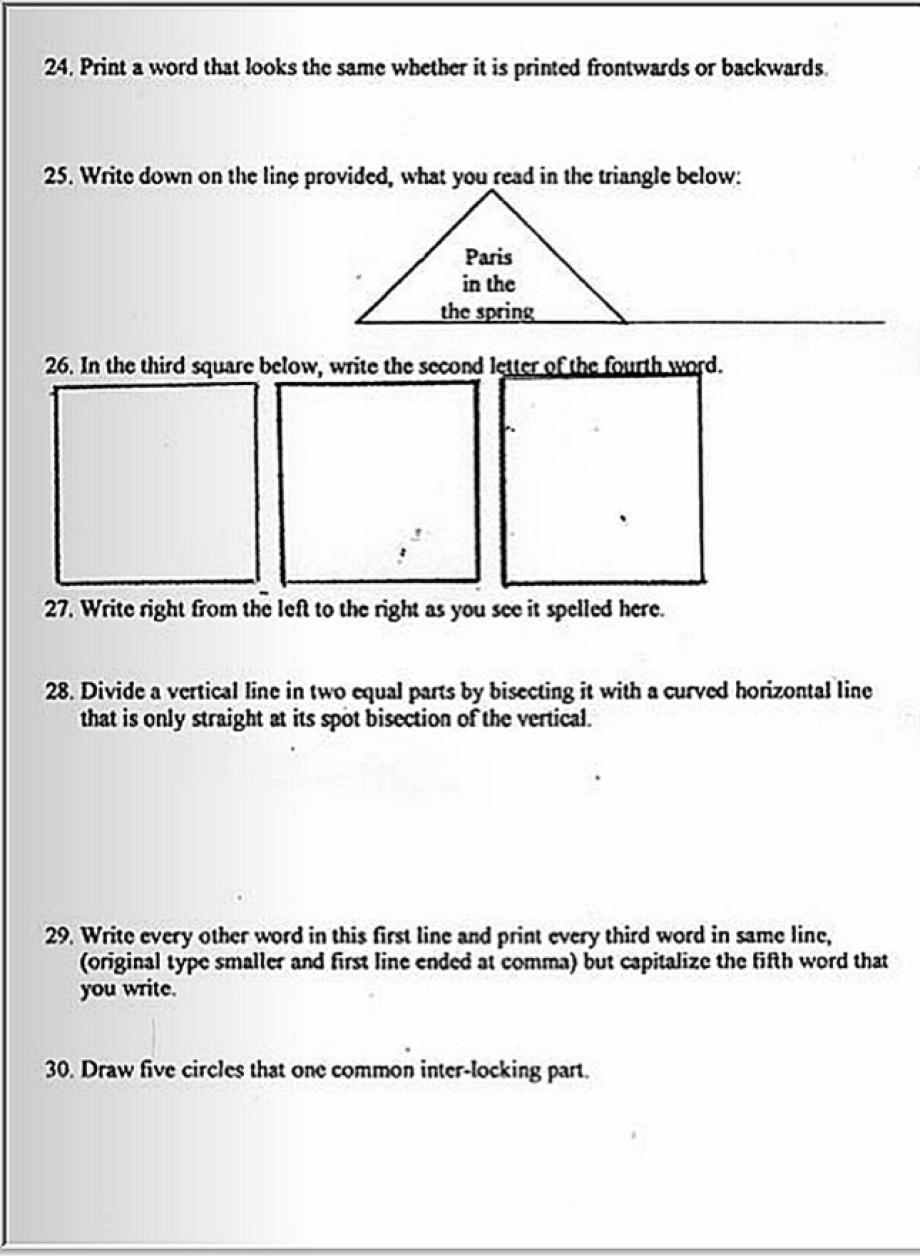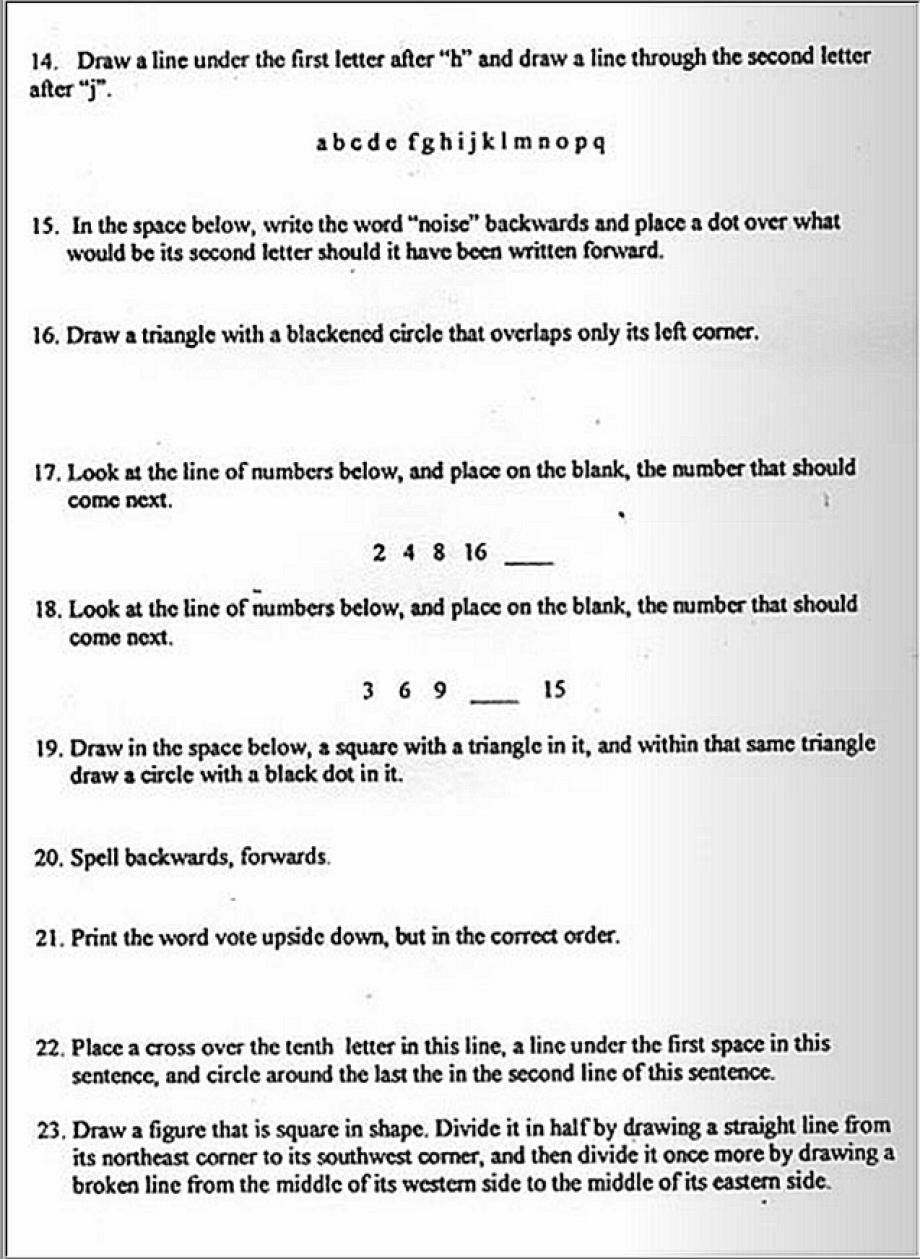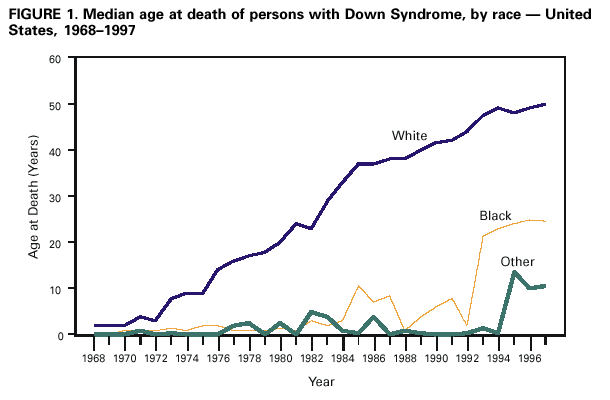In case you were wondering if the racist “Asians can’t drive” stereotype was alive and well, here are some select tweets from the collection at Public Shaming (h/t to @Kevin_Stainback):
And some couldn’t stop themselves from making fun of how some Asian people look:

 More, including accusations of North Korean terrorism, at Public Shaming, one of the most deeply disappointing sites on the web.
More, including accusations of North Korean terrorism, at Public Shaming, one of the most deeply disappointing sites on the web.
Lisa Wade, PhD is an Associate Professor at Tulane University. She is the author of American Hookup, a book about college sexual culture; a textbook about gender; and a forthcoming introductory text: Terrible Magnificent Sociology. You can follow her on Twitter and Instagram.












